Contemporary kitchen cabinets are having a moment, but some consumers and homeowners still prefer traditional products made with old-fashioned woodworking techniques and offering such features as inset doors, raised panels, and scrolled bases.
Once upon a time, this was the default cabinet style, and it was easy to distinguish high-quality cabinets from entry-level products. These days it’s getting hard to do.
“It used to be that dovetail joints inside the drawers were practically all you needed to distinguish high-end cabinets,” Consumer Reports says. “That distinction has blurred as more manufacturers offer premium features, even on low-end lines.”
READ: 14 CONTEMPORARY CABINET BRANDS YOU SHOULD BE CONSIDERING NOW
High-quality traditional cabinets are typically built with 5/8-inch-thick prefinished plywood boxes and solid-wood face frames. They also feature solid-wood dovetail drawers, full extension drawer glides, mortise-and-tenon joints, durable soft-close hardware, and doors with solid wood frames.
Some manufacturers use high-quality wood veneer over MDF, while others prefer a plywood panel. Either way, this panel should be floating to allow for expansion and contraction when the weather changes.
One of the key features of traditional cabinets—and one that mostly only high-quality manufacturers offer—is inset doors and drawers that when closed sit flush with the face frame. Inset doors are hard to execute. The space around each door and drawer must be consistent, and it sticks out when it’s not.
Today, even traditional cabinets have a cleaner, pared-down look, Period Homes writes. There has been a shift away from carvings, inlays, crown moldings, and beadboard doors, and a move toward full-overlay doors, flat panels, and simple designs, the magazine concludes.
“There are three cabinet types: stock, semi-custom, and custom,” Consumer Reports says. “Stock cabinets are sometimes sold at home centers pre-assembled, while Ikea and other stores sell versions that require assembly.
“Stock cabinets are usually limited in colors and styles,” the organization continues. “Semi-custom cabinets offer more style options and configurations, allowing a more precise fit for your kitchen. Custom cabinets are the most expensive option, but can include many added features you've chosen, and of course, your exact specs.”
Quality cabinets are typically made from stain-grade wood, including quarter-sawn white or red oak, cherry, walnut, chestnut, and mahogany, and high-quality veneers. Painted products usually start with solid maple as a base (instead of poplar, birch, or even pine).
When it’s time to pick traditional cabinets, you’re limited only by your client’s budget. Here are some to investigate.

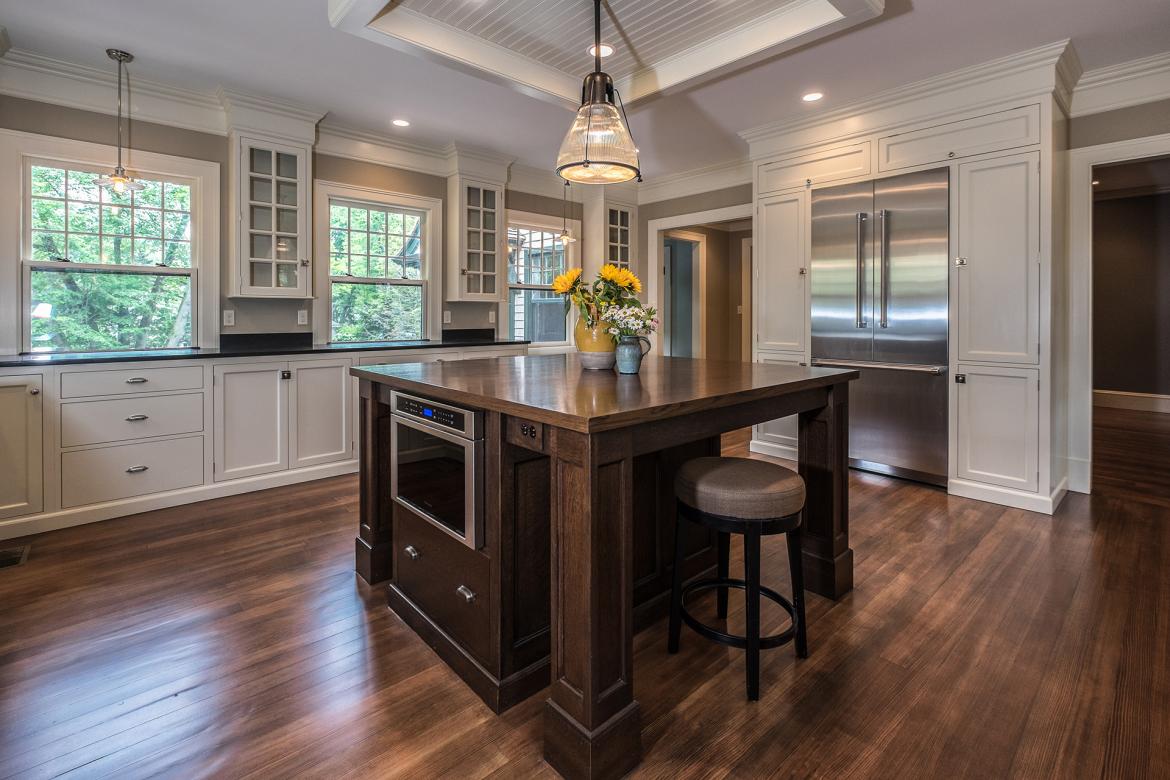
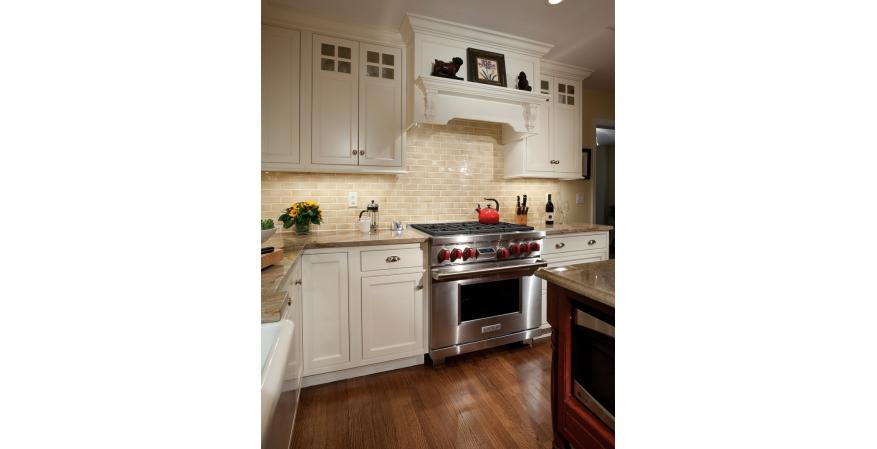
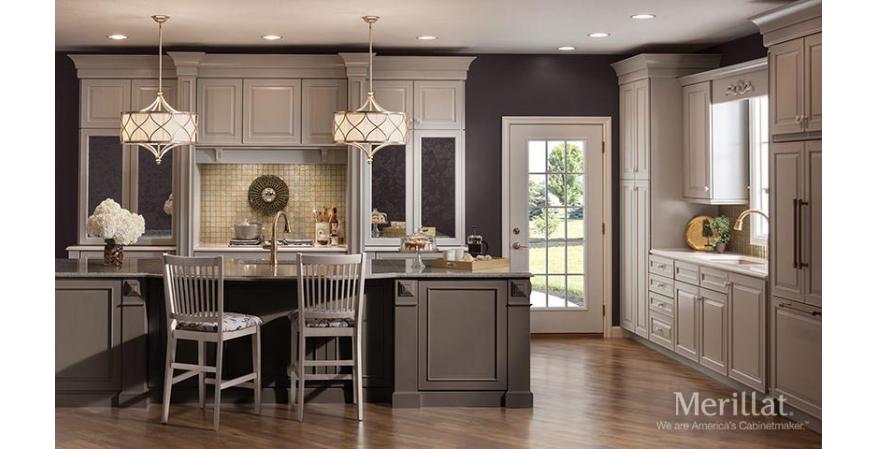
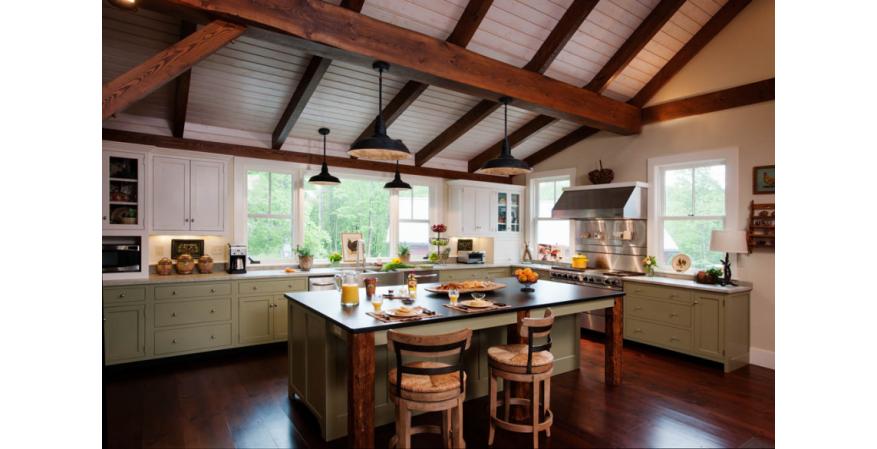
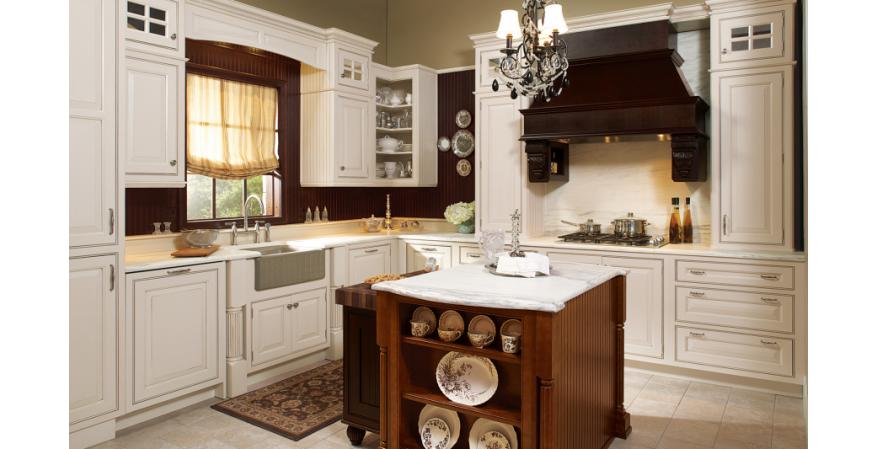
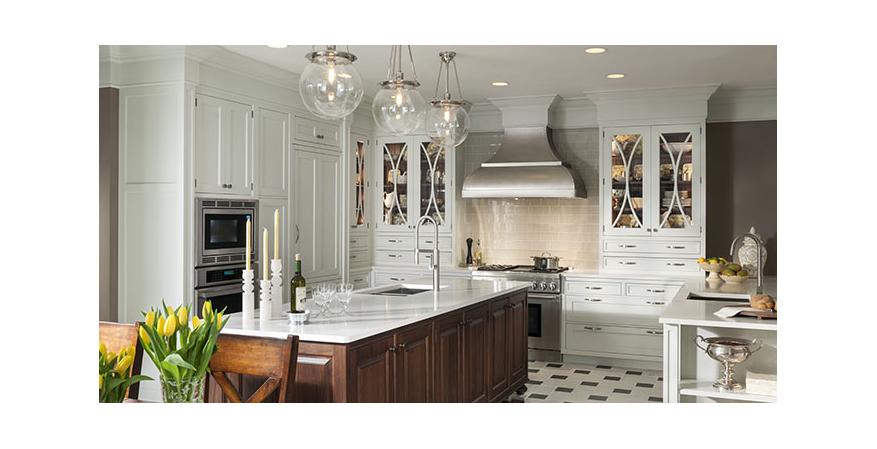
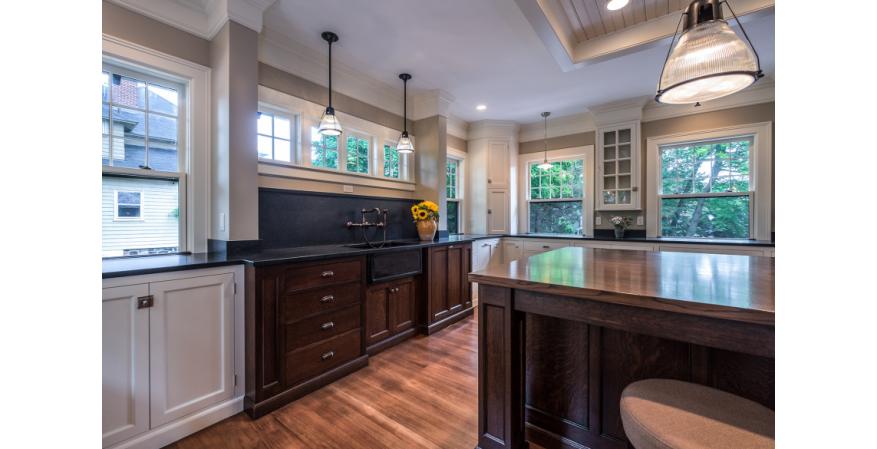
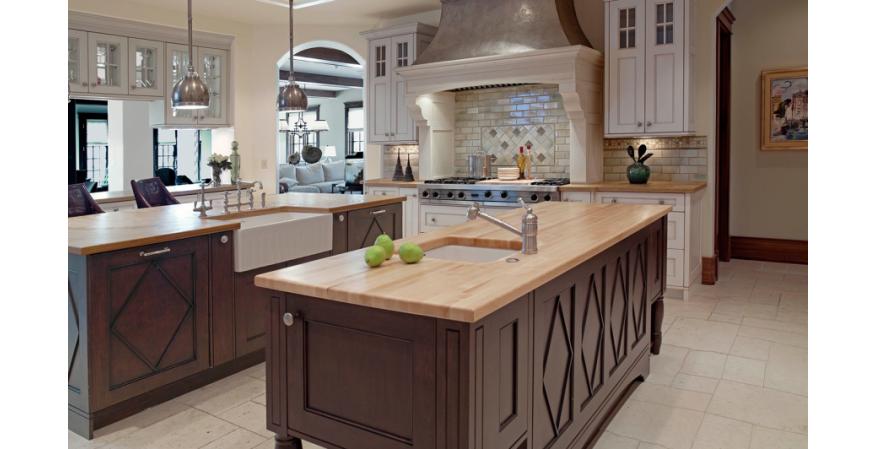
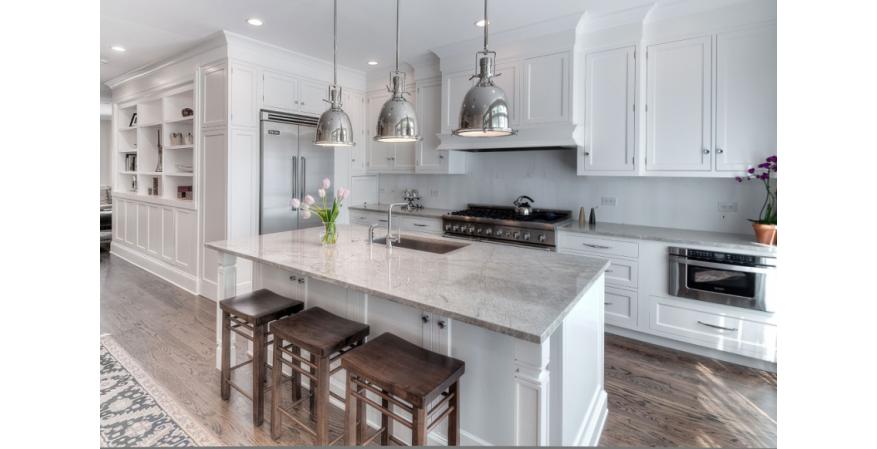
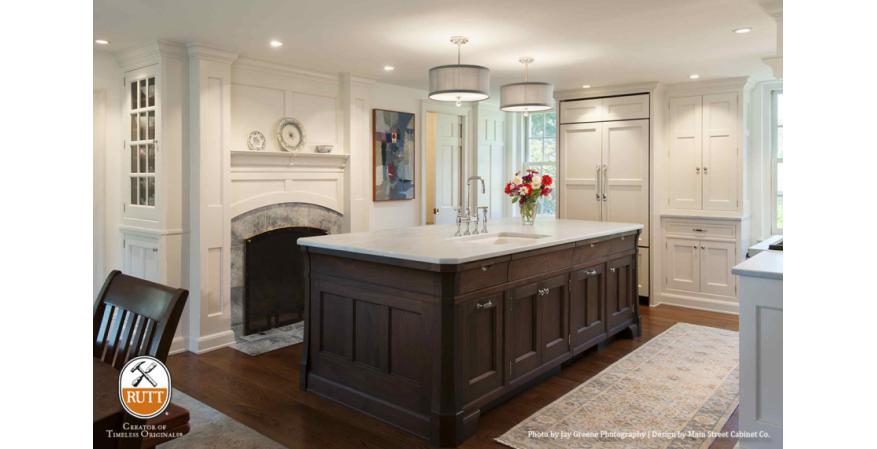
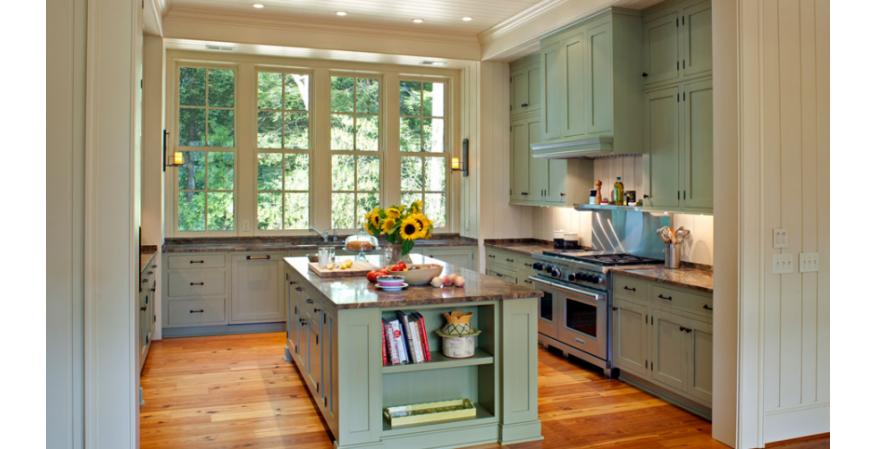
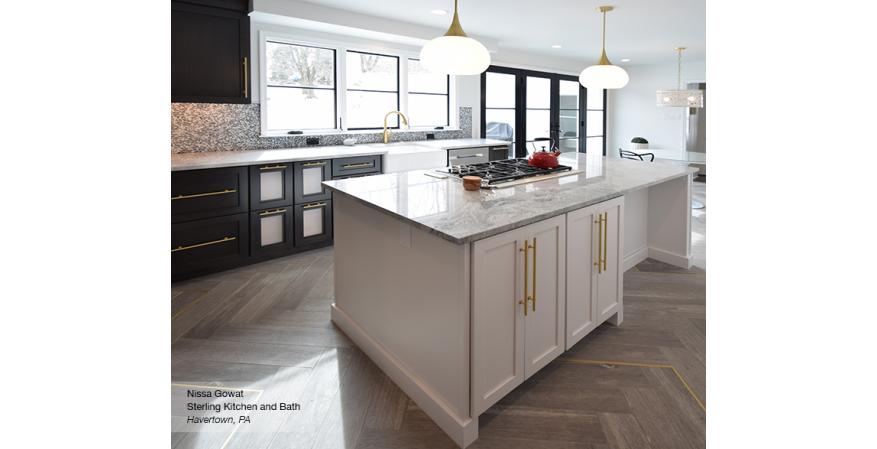
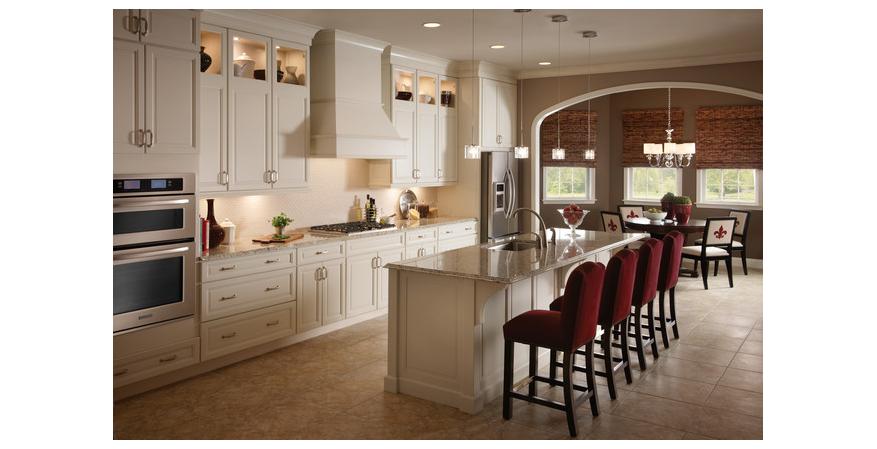
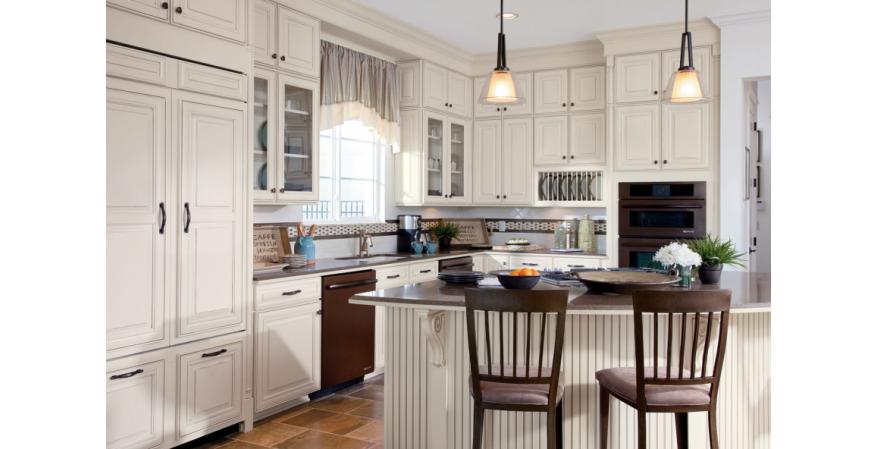
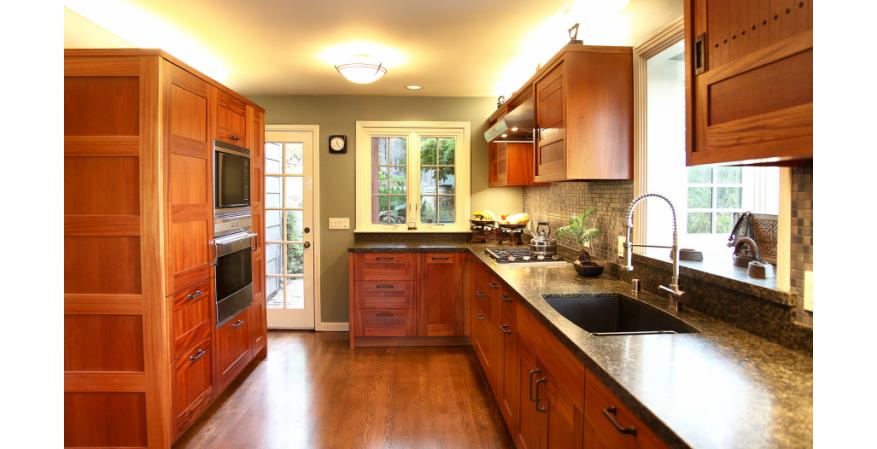
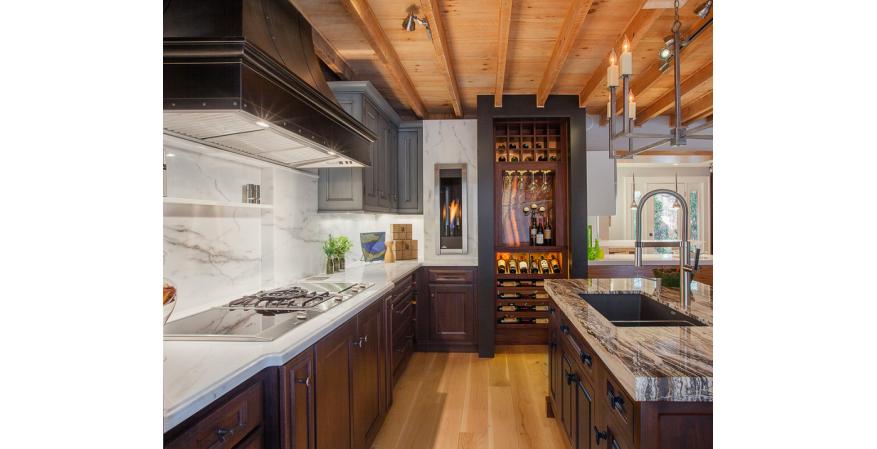
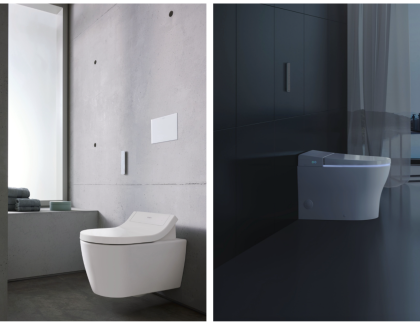

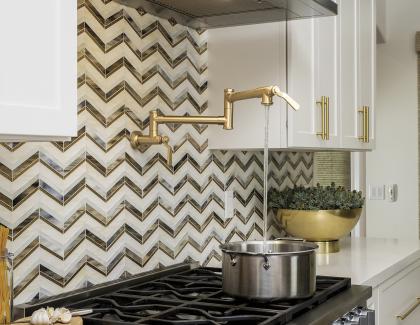

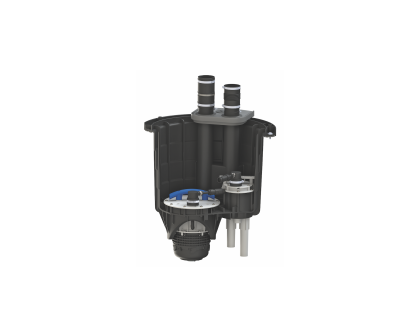

Add new comment